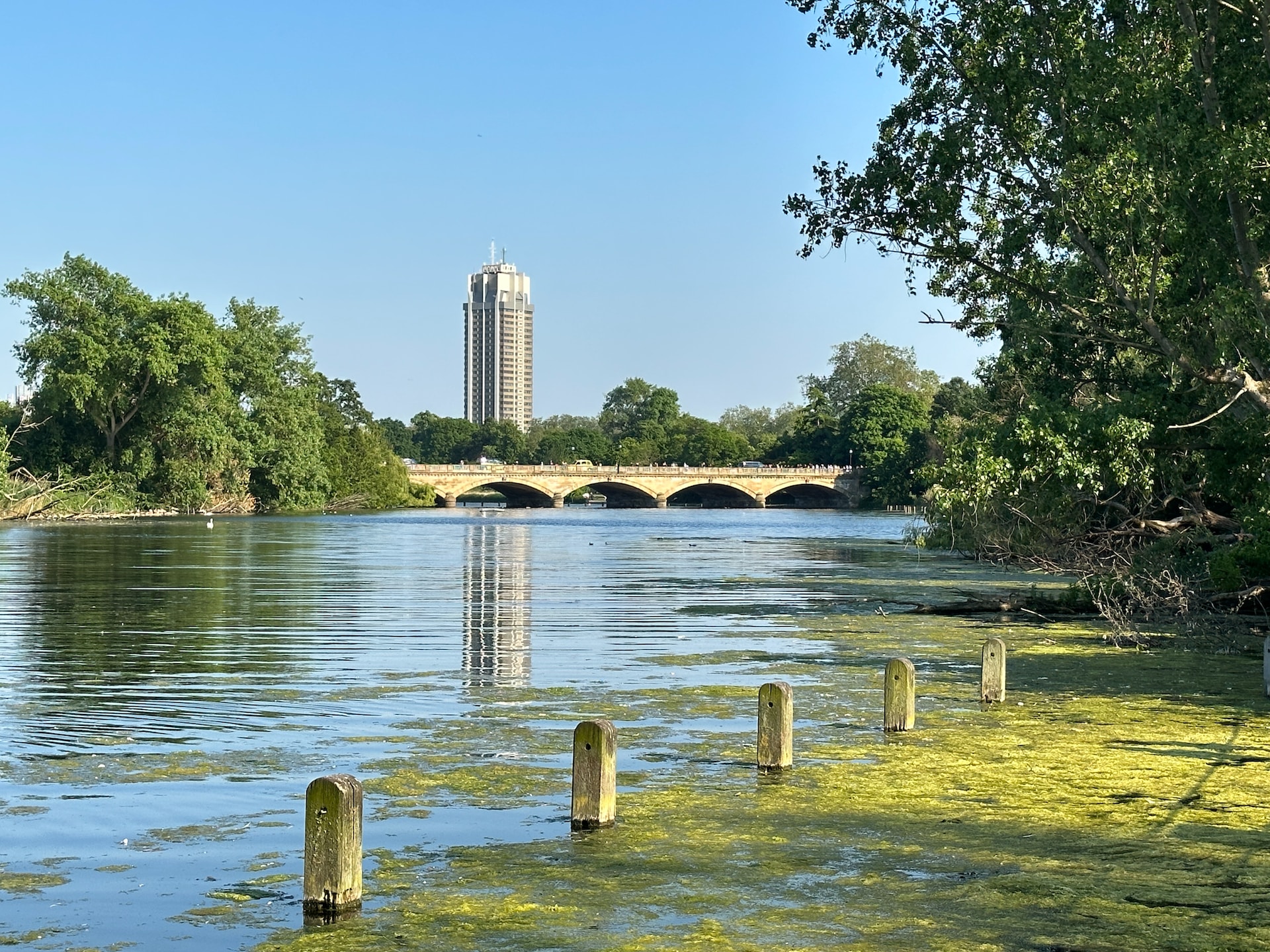In a startling revelation, green spaces in England's poorer regions face a higher risk of being razed for development compared to their affluent counterparts. This finding emerges from a comprehensive study conducted by the rural charity, CPRE.
A Rise in Designated Green Spaces, But an Unequal Distribution
Recent data suggests an increase in the number of designated local green spaces, with a surge of over 700 in the past year. However, the CPRE report paints a concerning picture for parks, public areas, and patches of greenery in less affluent regions. These areas are at a greater peril due to the lack of official protection, potentially leaving them vulnerable to future development projects.
Brad Taylor, the primary author of the report, emphasized the significance of these findings. He commented, “It is imperative that communities, especially those grappling with high deprivation levels, are not only heard but also have their local green spaces safeguarded.” Taylor stressed the need for community empowerment, advocating for their active participation in local and neighbourhood planning processes. Such involvement can pave the way for official local green space designations, ensuring these lands remain untouched by builders.
The Multifaceted Value of Green Spaces
Green spaces play a pivotal role beyond just aesthetics. Apart from being crucial habitats promoting wildlife and biodiversity, they contribute immensely to the well-being of communities. From boosting physical and mental health to acting as natural defenses against floods and extreme temperatures, the benefits are manifold.
Introduced in 2012, the Local Green Space (LGS) designation aimed to provide small land areas, often recognized by communities, with protections similar to green belts. The intervening years have seen the establishment of 7,286 LGS areas, often designated for their recreational importance, scenic beauty, and relevance for wildlife.

Green Spaces in Deprived English Regions at Greater Risk, New Study Reveals
The CPRE report applauds the addition of 711 new local green spaces since 2022, with a considerable majority in the north of England. In the capital city of London, there was a noteworthy growth of 64%. However, a deeper dive into the data uncovers a concerning trend. Although there's been an uptick in green space designations in poorer areas, a pronounced disparity remains between socio-economic deprivation and lack of green space access.
A Closer Look at Four Regions
The study undertook an in-depth analysis of four diverse regions:
- Blackpool: A region grappling with pronounced deprivation, yet surprisingly, it has no LGS designations.
- Hull: Despite being peppered with green spaces, Hull stands out as one of the few local authorities devoid of any LGS designations.
- Shropshire: Here, LGS designations, especially for school playfields, have catalysed the revitalization of rural regions, offering the youth valuable opportunities for socialization.
- London: The designation of a community garden as an LGS has had a transformative impact, uplifting academic performance and enabling the youth to forge a deeper bond with nature.
The Path Forward
CPRE is urging for a standardization of the LGS designation process. This would streamline the procedure, making it more accessible for communities to harness the legislation.
Brad Taylor encapsulates the sentiment of the report, stating, “Green spaces are communal treasures. The onus is on all of us to participate actively in the decisions regarding their preservation.”
In an era where urban sprawl is on the rise, this report is a clarion call, emphasizing the irreplaceable value of green spaces and the need for equitable access across all strata of society.
©GlobalCO2.uk

